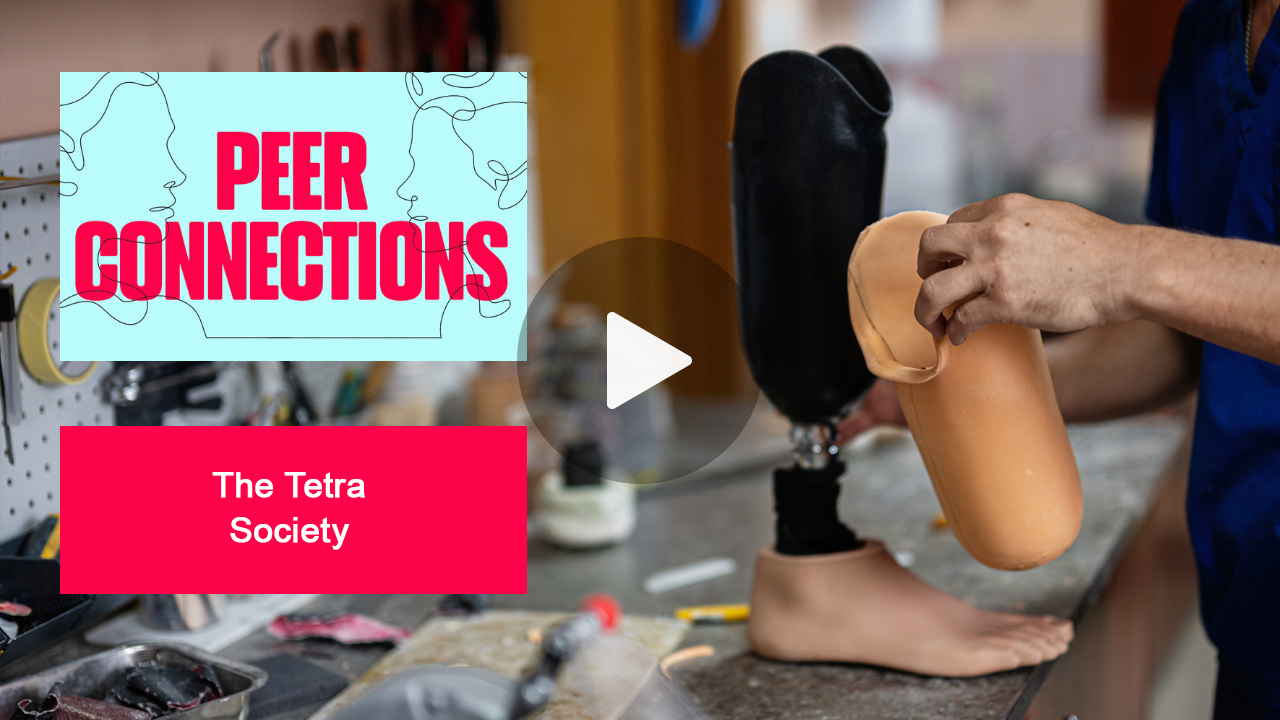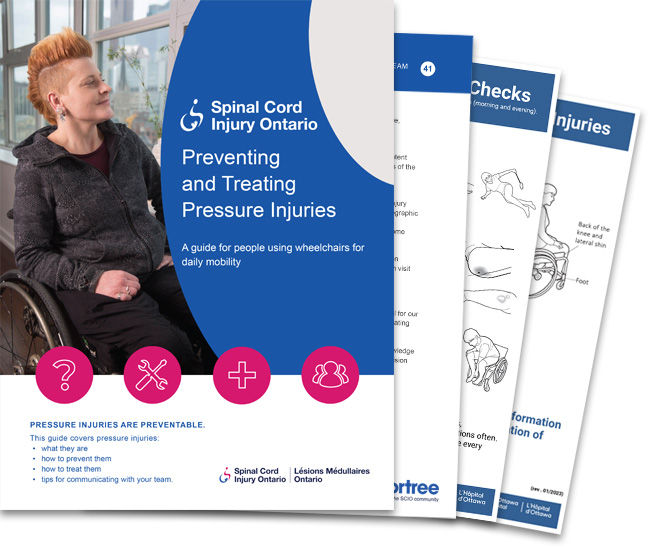Today’s video is about adults with spina bifida, working in a wheelchair, and employment for people with spina bifida. In this episode of Underestimated, Oda interviews Tohamah. Tomahah talks about his transition into work as a person with spina bifida, and a wheelchair user. He discusses how a person with disabilities can approach asking for accommodations and creating workarounds for job tasks.
Everyone’s experience with spina bifida is unique. Some people may experience minor symptoms that have little impact on their daily lives. Others may have more serious symptoms such reduced movement, weakness, osteoporosis, and sleep apnea. When it comes to finding job, many people with spina bifida face difficulties. It can be challenging to obtain suitable work due to employer misconceptions and a lack of accessibility. Many people with spina bifida flourish in the workplace with the appropriate support.
People with disabilities are excellent job applicants when given the chance. The candidates who are the most tenacious will go the furthest and prosper as a result. Examine a person’s qualifications rather than their limitations. You never know what can happen if you give people with disabilities a chance; it could be the best thing you’ve ever done. In the workplace, wheelchair users encounter numerous hurdles and must overcome barriers. They are, nonetheless, tenacious, strong, determined, and resolute. What other characteristics would you like in someone who works for you?
If you enjoyed this video about adults with spina bifida, working in a wheelchair, and employment for people with spina bifida, please remember to like, share, subscribe and leave a comment if you have any questions, suggestions, or feedback. We hope to see you here again soon!




